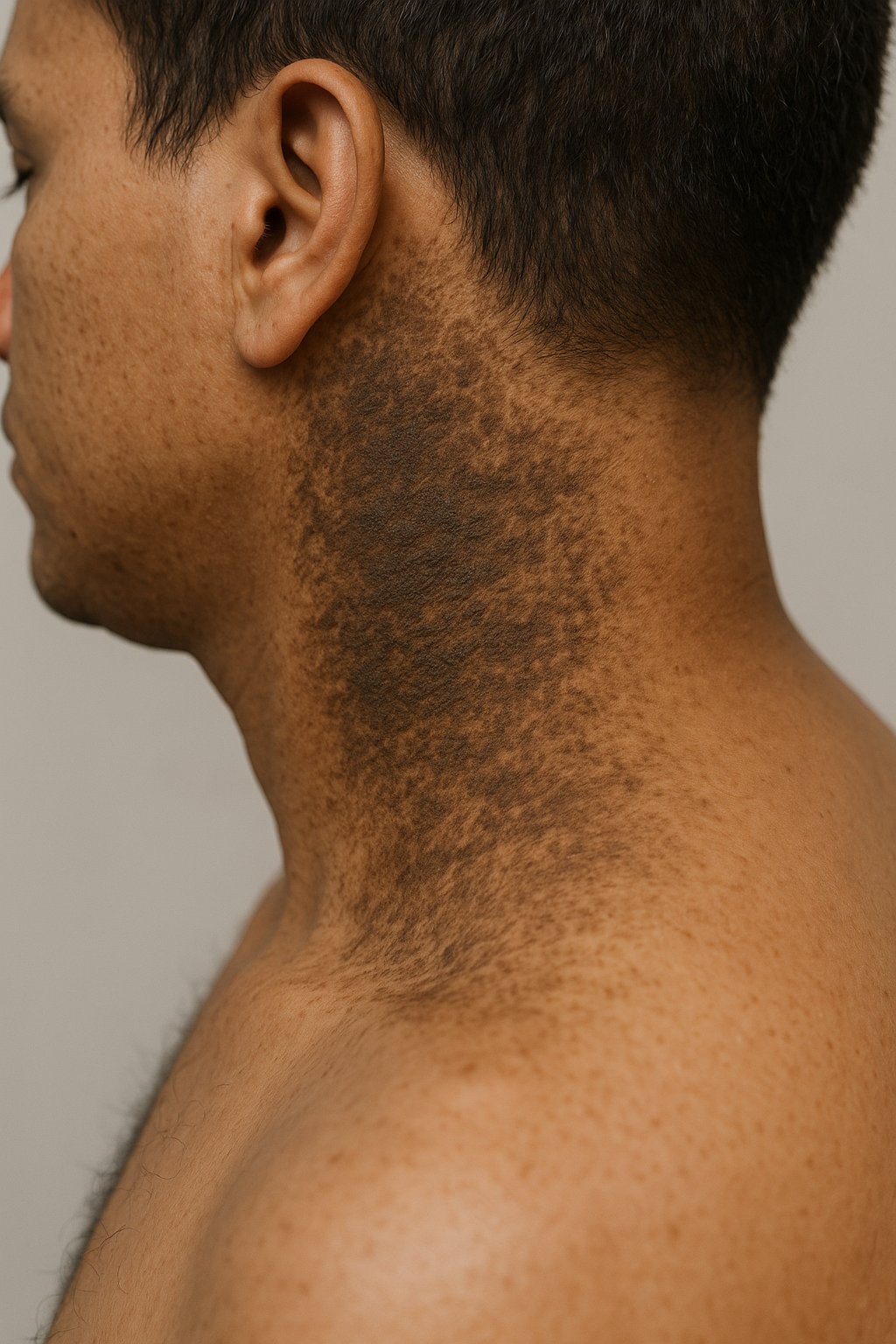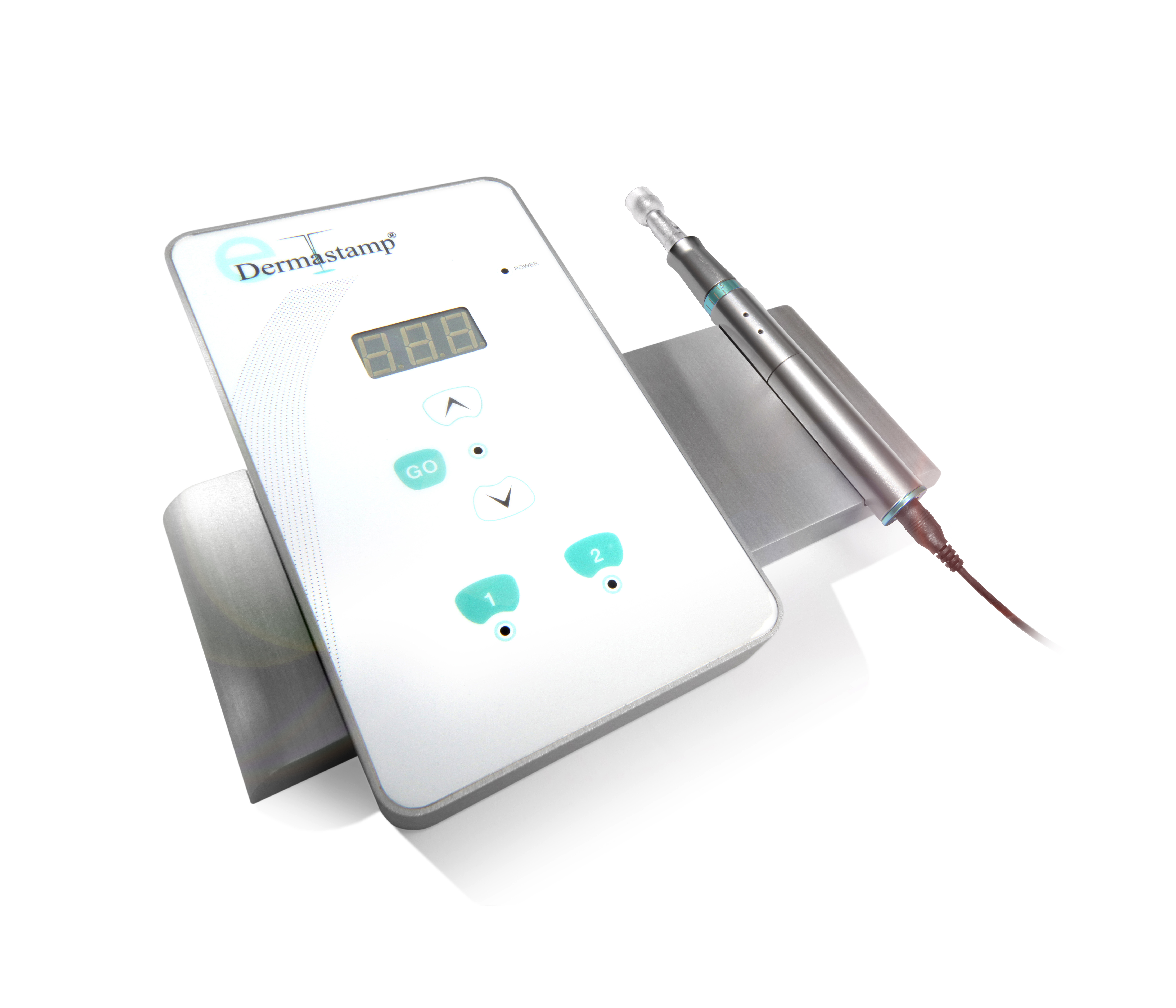Essential oils are volatile aromatic and concentrated compounds derived from plants via steam distillation, cold pressing or resin tapping. Essential oil is essential in a way that it contains the essence of the plant’s fragrance from which it was derived. For centuries, essential oils have been widely used in the perfumery, aromatherapy, and balneotherapy. They can also be added to household products, pesticides, food preservatives, and aerosol diffusers.
Allergic contact dermatitis to essential oils is a form of dermatitis (eczema) that results in a delayed hypersensitivity reaction when essential oil comes in contact with the skin. Most essential oils are classified as allergenic. This includes Tea tree oil, Sandalwood oil, Clove oil, Jasmine absolute oil, and Ylang-ylang oil.
Allergic contact dermatitis to essential oils usually affects individuals who are exposed to essential oils due to their occupation. For example, physiotherapists, aromatherapists, hairdressers, manufacturers of cosmetics, and beauticians are at a greater risk of developing an allergic reaction to essential oils. The general population that frequently uses essential oils at home is also susceptible to developing allergic contact dermatitis from these products.
Generally, allergic contact dermatitis is a delayed (type 4) hypersensitivity reaction that occurs within 24-72 hours after being exposed to an allergen. Once an allergen contacts the skin, pre-sensitized T-lymphocytes immediately recognize it and release inflammatory cytokines that activate the skin’s immune system and cause dermatitis.
Each essential oil can have more than 100 constituents meaning that people with allergic contact dermatitis to essential oils can react to multiple oils at once due to share constituents.
Skin itching, redness, and scaling are the most common symptoms of allergic contact dermatitis. They usually affect only the site of contact with essential oil but can extend to other body areas.
For individuals who work in the aromatherapy and massage industries, their hands and forearms are the most affected areas. However, contact dermatitis can spread over the face, neck, and legs too. Symptoms usually improve when they avoid using essential oils on daily basis and take time off work. The prolonged exposure to essential oils can cause serious consequences like inability to work, place a limitation on social activities, and result in permanent disability.
The diagnosis of allergic contact dermatitis to essential oils is confirmed by carefully examining clinical features, morphology, and distribution of lesions. In cases of occupational exposure to essential oils, patients report improvement in symptoms during holidays or weekends.
Patch testing is an important tool that helps to confirm the cause(s) of allergic contact dermatitis. Patches containing small amounts of potential allergens are applied to the patient’s back and can only be removed after 48 hours to observe the development of allergic reactions.
Allergic contact dermatitis to essential oils can be prevented if exposure to allergens will be avoided. Gloves for hand protection should be worn; however, they may not be appropriate for certain occupations like masseurs. Another recommendation is to avoid directly applying neat, undiluted oils to the skin because it can result in sensitisation.
Topical corticosteroids are the main options for treating active dermatitis. Moisturizers and barrier creams are used to protect, soothe, reduced redness, and minimize the amounts of topical steroids used. Systemic corticosteroids like prednisone and immune-modulating agents are used in refractory cases or widespread dermatitis.
Avoidance of allergenic essential oils usually relieves symptoms. In some cases, the symptoms can become persistent and lead to a chronic condition, especially if the inadvertent low-dose exposure would continue.
Centre for Medical and Surgical Dermatology offers unique and personalized treatment options for allergic contact dermatitis to essential oils for each patient.



